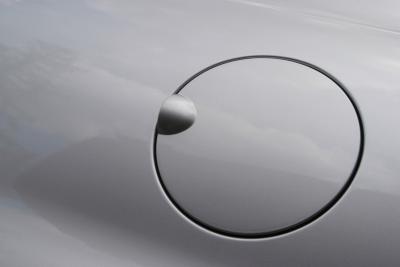
They're among the most irritating and head-scratching of all codes, and something of a source of amusement among certain techs. The codes' intimidating-sounding title belies an inherent simplicity of failure that may be fixable with as little as a flick of the wrist.
If there were such a thing as a "you're going to kick yourself" code, then these are it. OBD codes P0442 means that you have a small leak in your evaporative emissions system, and P0455 means that you have a large leak in the EVAP system. These codes almost always occur together, and most of the time they happen for the same reason: your gas cap is loose, leaking or missing.
At this point, you might be wondering why a manufacturer would go through the trouble of monitoring something so hopelessly minute. The phrase "evaporative emissions" refers to the emissions that happen as a result of gasoline evaporating, something that will always happen if it's exposed to air. The amount varies according to a number of factors, but it's enough to cause a noticeable drop in recorded fuel economy if the air leak is bad enough.
First, try tightening the gas cap if you haven't already, or get a gas cap if you left the last one sitting on your bumper. If you've got a gas cap and it's tight, listen for a slight whoosh of air the next time you open it to fill up. Fuel disappearing from your tank leaves a slight vacuum of air behind, and if the cap is sealing well, then you should hear it. If you don't, install a new gas cap.
The EVAP system runs all the way from the fuel tank to the intake and back to the charcoal canister. A leak in any of these tubes or a failure in the charcoal canister will trigger a check-engine light and an EVAP code. The simplest way to track down an EVAP system failure is to shut the car off and make like a bloodhound, sniffing around the engine bay for a strong odor of fuel. If you smell any gasoline, at all, then you've got a leak in the EVAP system or lines.